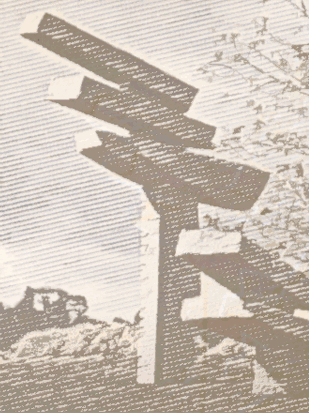The large rock symbolizing Bunjil came from the David Mitchell quarry, hence the relationship between the sculpture and its name. The three standing structures, symbolising crows, are constructed from granite from a quarry near Bendigo. Like the building, they survey the scenery from all angles.
The community of Lilydale and the University are fortunate to have such a prestigious work of art that will be seen around the world. For more information regarding Chris Booth and his sculpture, see www.chrisbooth.co.nz.
Virtual Tour
Take a Virtual Tour of the Bukker Tillibul site by clicking on the image above.







